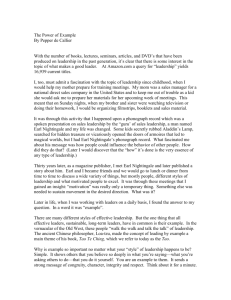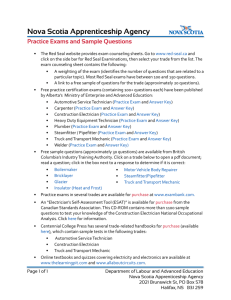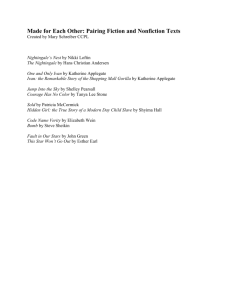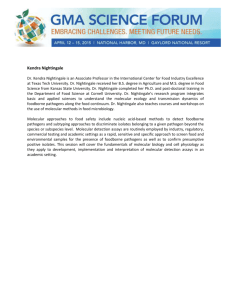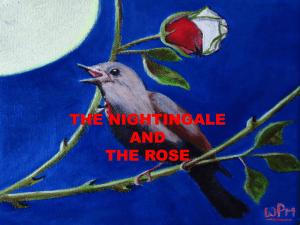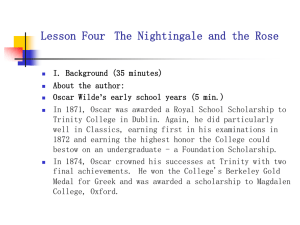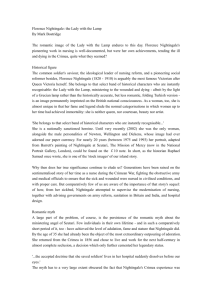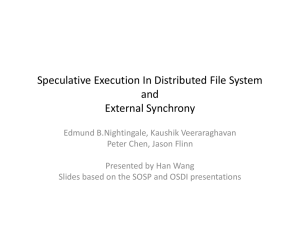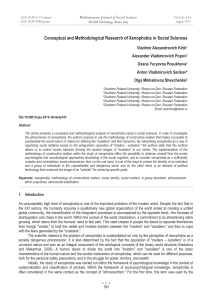File
advertisement
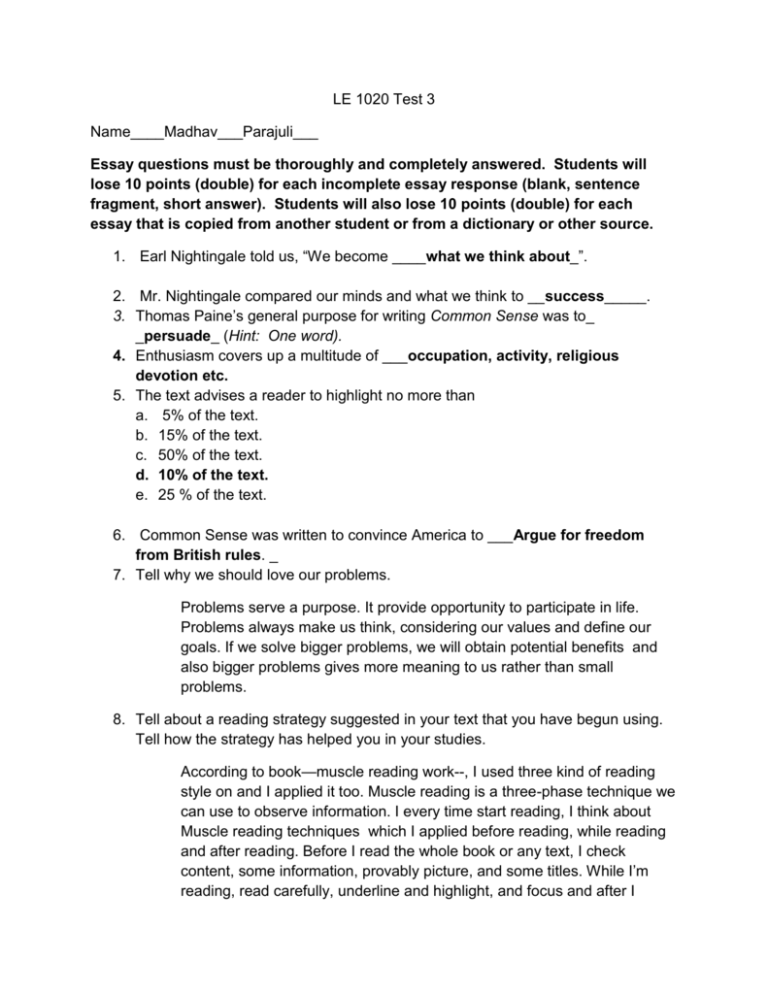
LE 1020 Test 3 Name____Madhav___Parajuli___ Essay questions must be thoroughly and completely answered. Students will lose 10 points (double) for each incomplete essay response (blank, sentence fragment, short answer). Students will also lose 10 points (double) for each essay that is copied from another student or from a dictionary or other source. 1. Earl Nightingale told us, “We become ____what we think about_”. 2. Mr. Nightingale compared our minds and what we think to __success_____. 3. Thomas Paine’s general purpose for writing Common Sense was to_ _persuade_ (Hint: One word). 4. Enthusiasm covers up a multitude of ___occupation, activity, religious devotion etc. 5. The text advises a reader to highlight no more than a. 5% of the text. b. 15% of the text. c. 50% of the text. d. 10% of the text. e. 25 % of the text. 6. Common Sense was written to convince America to ___Argue for freedom from British rules. _ 7. Tell why we should love our problems. Problems serve a purpose. It provide opportunity to participate in life. Problems always make us think, considering our values and define our goals. If we solve bigger problems, we will obtain potential benefits and also bigger problems gives more meaning to us rather than small problems. 8. Tell about a reading strategy suggested in your text that you have begun using. Tell how the strategy has helped you in your studies. According to book—muscle reading work--, I used three kind of reading style on and I applied it too. Muscle reading is a three-phase technique we can use to observe information. I every time start reading, I think about Muscle reading techniques which I applied before reading, while reading and after reading. Before I read the whole book or any text, I check content, some information, provably picture, and some titles. While I’m reading, read carefully, underline and highlight, and focus and after I finished reading, I would recall or recite, review, some exercise— questions and answers, and also retrieval practice which helps better than study techniques. 9. Explain the strategy discussed in your text called “I create it all”. Give an example of how you may have used this strategy. “I create it all” can lead the way to solution. There are lots of strategies shown in the text but I like “The Note-Taking Process Flows”. I applied it through (a) observing. I used observing from events, slide show or lab experiment. (b)Recording of that event what I observed. (c) And reviewing it through that recording. I would try to memorized, reflect, and apply. 10. Explain what a master student does after receiving a corrected test back. I have seen lots of students received their test back with the good marks and some with the bad marks. When master students received a corrected test back, he/she would check their score fist and what’s they had mistaken on test. They try to find out why is wrong, which will be correct answers. For some students, test score also persuade them to struggle/hard work on their next test which leads them to be master students. 11. Earl Nightingale challenged us to write_______which you think it’s important for you_____ on an index card. 12. On the back of the same card Mr. Nightingale told us to write: Ask and ____you will receive ____. Seek and_____you will find______. Knock and ____the door shall be open_____. 13. Explain how a mechanic or an electrician applies the scientific method. In this world, nowadays we call mechanic or an electrician as nonscientist. The work we used to do in our daily life like, cooking, eating, and budgeting some others which we do in our basic life are some example of non-scientists. An electrician or mechanic used some techniques like, writing some stories; firstly, used or do rough or draft. Secondly find out more information and lastly gather all information with some proof or do final draft after reviewing everything. 14. What is the “null hypothesis”? How is it applied? The null hypothesis is the proposition that implies no effects or no relationship between phenomena. If the hypothesis is tested and found to be false which also implies there is a relationship between the observed data. 15. The scientific method decrees that if one does the same thing, under the same conditions, one achieves __the same thing under the same condition if two people perform an identical experiment._____ 16. Paine wrote that in a monarchy the king is law. In a free country the law is ___king___. 17. Define and discuss the differences between: Stereotypes, Prejudice and Discrimination: The word Stereotype originally referred to a method used by printers to produce duplicate pages of text. This usage still rings true. When we stereotype, we gloss over individual differences and assumes that every members of a groups is a duplicate. Prejudice refers to a positive or negative attitude or beliefs. For example like personal needs, social learning and conformity, and also economic position. And discrimination is behavior to unequal treatment of people because of their racial, ethnic, religious, or gender. For examples, some company still paying lower wage to their worker because of black/Mexican. 20: Define and discuss xenophobia…point out a time in history when xenophobia was a driving force in history: Xenophobia is a fear of people from other countries or foreigner and stranger. In America there is thought of people that all Muslims were terrorists. Once they had a hard to live in United States. There was event happen in American, Washington D.C. They turn the real story to movie called “My Name Is Khan” (2010 Bollywood movie in dual languages English and Hindi). It’s a fact story about a guy from India and he was a Muslim. He came to United States to seek for a better job and standard of life. That guy is innocent which has to face a hard situation because of other bad Muslims in United States. He solved that he is not terrorists by meeting the president of United States. In the mass of people he says “Mr. President, I’m not terrorist and my name is Khan” but some people listen he’s saying he is terrorists, so they called the police and caught him at mass of people. He struggled a lot to meet with president and at final he meet Mr. President with the helps of Indian ambassadors of United states. 21. True/False: The instructor will accept late assignments without prior arrangements being made.
